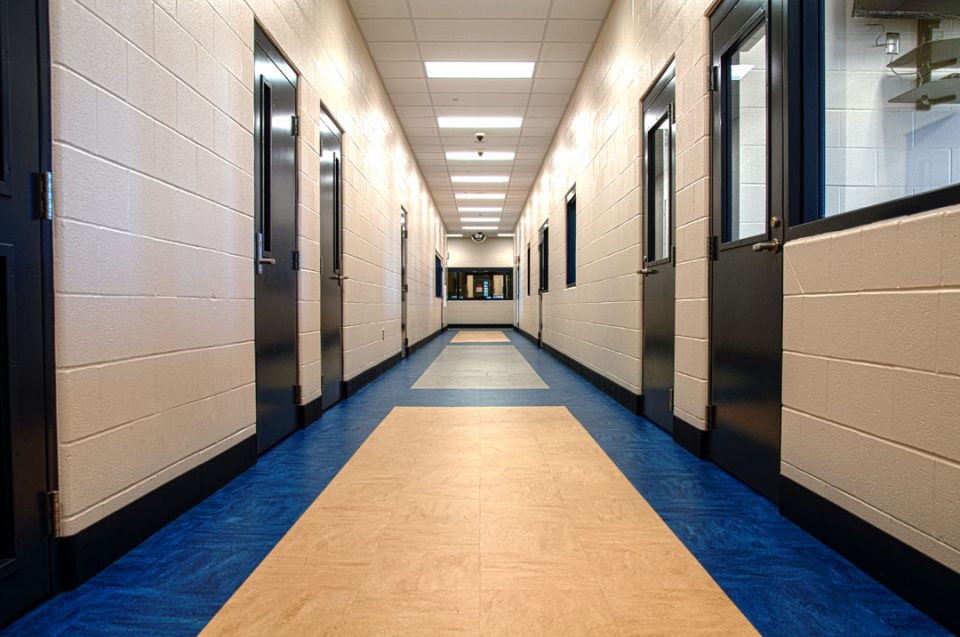Corrections: A look into the Near Term (Future)

Throughout the downturn, there was a significant contraction in the number of correctional projects, which spurred consolation and retraction in the industry. As the economy improved, a litany of much needed projects are brought to the forefront. These changes have led to monumental pressure in the industry that will impact everyone.
When Scott Maloney first started in correctional design over 20 years ago, there were 20 A/Es for every project, 20 manufacturers for each system, and 20 contractors to install them. Many of the business were regional, but there were several that had a national footprint.
With the slowdown of County Jail and State Prison construction, there have been so many changes in the business, that have caused large ripples through the industry:
- The steel cell market has contracted to (3) companies
- The metal wall panel market has contracted to (1) company
- The precast companies serving correctional markets has contracted to (1) company
- The detention hollow metal market has contracted to (4) companies
- The detention door / lock market has contracted to (4) companies
- The security electronics market has contracted to (6) companies
- The security window market has contracted to (2) companies
- There are 4-5 national players in the A/E world capable of delivering a $200+M project without absorbing their entire operation
- The majority of the industry professionals are mid 50s+ with many nearing the retirement age in a couple of years
When you take this consolidation in the market with a mega increase in correctional projects across the county – ‘Houston, we have a problem’. There is likely $8-$10B in correctional projects forecasted at this time across the country, that will be vying of for the attention of the constricted industries.
Of course with this amount of work, some manufacturers may restart their detention manufacturing, but how will we find architects and engineers to perform the work? And ones with an expertise that will take the project from start to a successful finish with the retirement of many correctional architects and engineers we’ve worked with over the years? Both pose surmountable problems that can be tackled through the power of knowledge and relationships!
- Know how to ask the right questions when interviewing the A/E team. What is their capacity? Will the team presented be able to work thru the (5) year project (for those larger jobs)? How will the A/E handle attrition? How strong is their relationship in the industry to ensure products can be delivered to this project?
- With the inability to get a minimum of (3) bids on every project for each component of design perhaps leverage the CM or contract direct with a DEC to perform your work as you do an A/E. Your Architect should possess the knowledge on who to bring to the table for government entities to interview.
- Go openly to the market in multiple areas early on using your CM and secure a production schedule timeframe for the critical components of the building design. This will require negotiation of an early GMP so be ready to make a deal halfway thru a project!
In the end, there are a lot of projects vying for the same production capacity of those that service the industry. Take care to leverage the relationships of your professionals to make sure the project can be delivered to your expectation.
Should you wish to discuss your project or content of this writing do not hesitate to contact Scott Maloney.